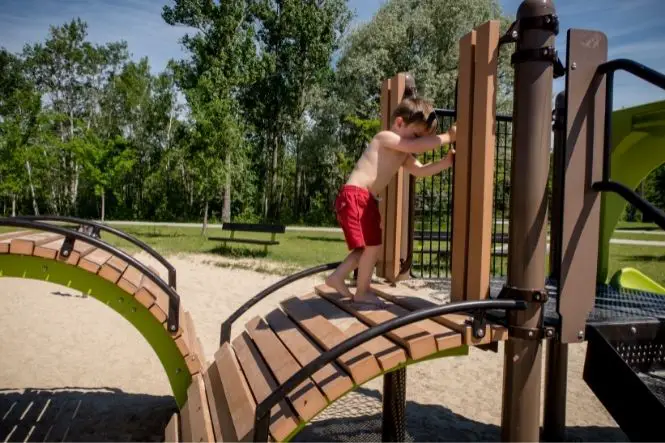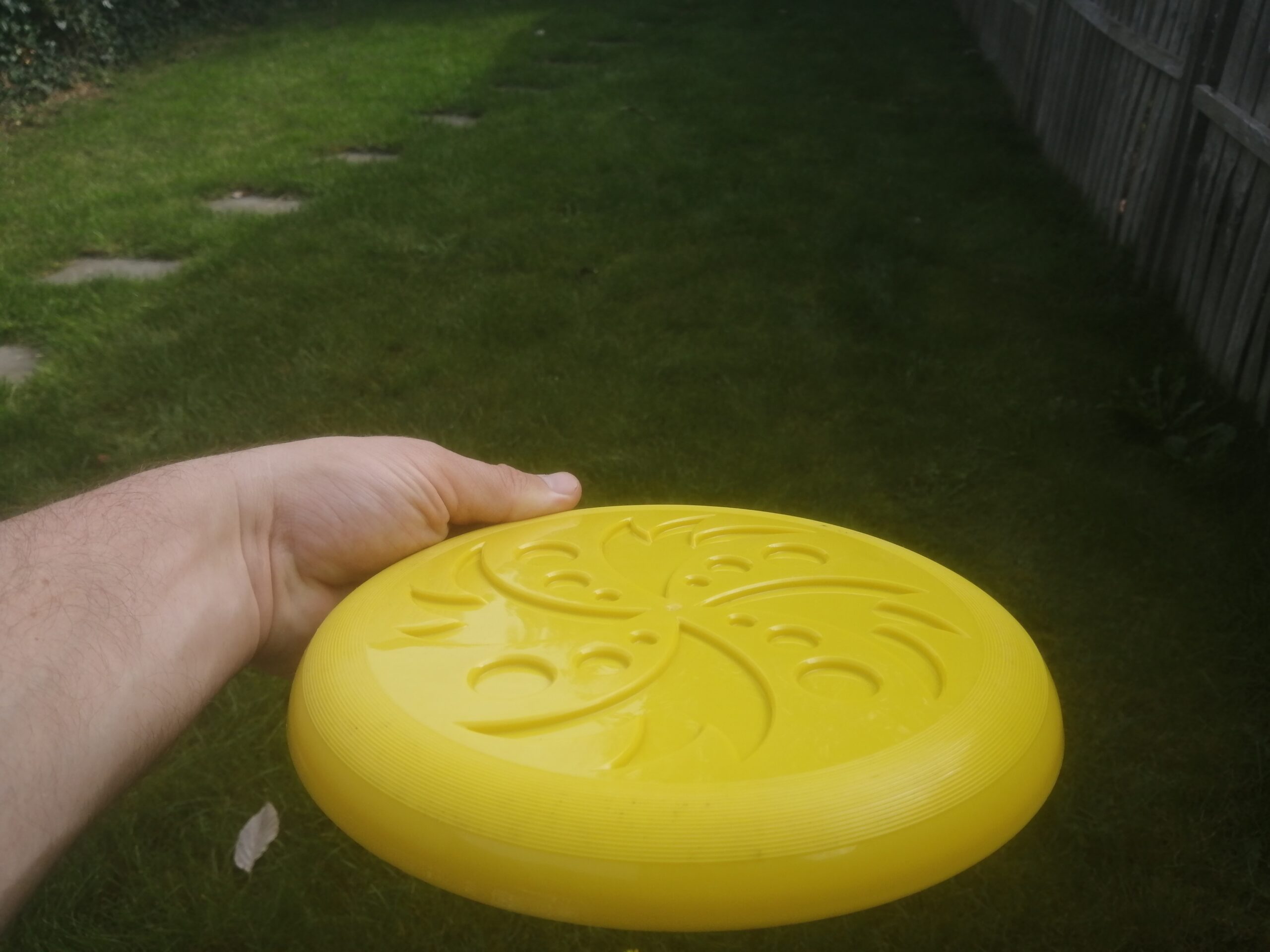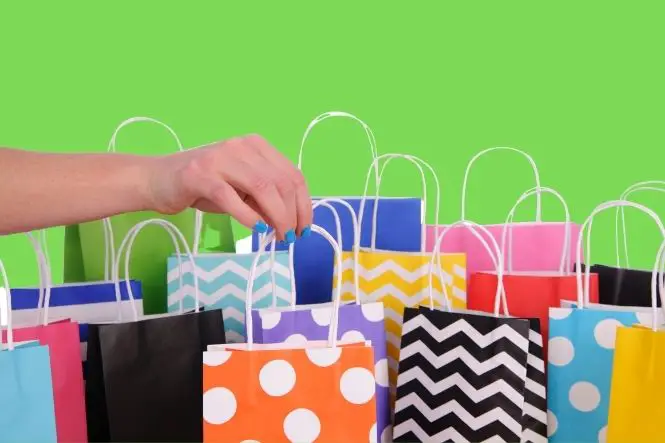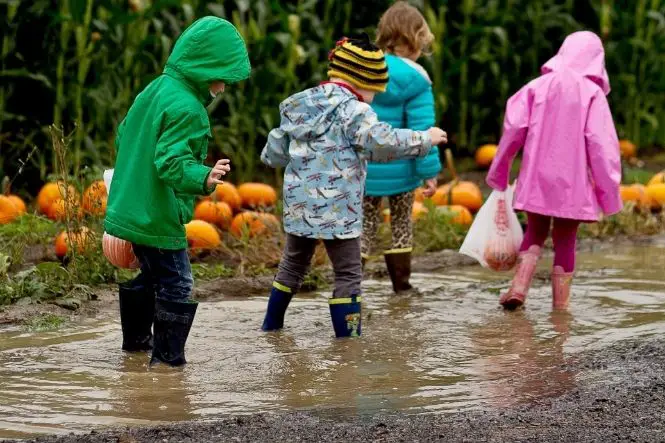Having play equipment in your garden, such as swings, slides, mini roundabouts and even a bouncy castle, can be great fun for children. Play is an important part of development and aids imagination and social skills. But just as there’s a need to ensure equipment at public parks and playgrounds is safe, it’s also crucial that anything you use at home in the garden is perfectly safe too, to Prevent Falls or other injuries.
Table of Contents
General Buying Points
Play equipment for residential use in gardens needs to satisfy the British Toy And Hobby Association’s Safety Standard Number. This is called EN71, and it covers equipment such as swings and slides. It should also carry a CE and Lion mark on it, which shows that it’s passed strict tests and should be safe to use. From a safety point of view, seeing these numbers offers reassurance that the equipment is produced to a quality standard, and is much better than buying something where you’ve no idea how well it was produced.
Other general points to consider when you’re choosing play equipment is to buy it according to the age and size of your child. Most quality products should give some indication of what age child it is aimed at and they should provide full installation, maintenance and operating instructions. In addition, it’s worth looking out for products that:
- Say they used non-toxic and low lead paint.
- Have no awkward bolts of parts that protrude and could catch on children’s clothing.
- Can be secured to the ground securely.
- Give ideas and information relating to the type of ground/surface they should be placed on.
- Have caps on all the ends, so no raw edges will be near children.
Swings
Each individual product has particular buying issues, too. In the case of swings, you should specifically look out for:
- Ropes that are protected against wear at fixing points.
- Seats that are impact absorbing.
- Swing ropes that don’t cross in the middle.
- ‘S hook’ fixings on swings that are closed or can be closed.
Once you’ve set the swing up, you need to ensure that the ground clearance around the swing is at least 200mm, so that if a child jumps or falls off, they won’t be crashing into something else and hurting themselves.
Slides
As some degree of climbing will be involved with a slide (as well as the fun bit of sliding down!), you don’t want children falling, especially if the slide wobbles due to it not being suitable for certain weights/ages. So when you’re choosing a slide, you need to look out for:
- Slides that have sides at least 64mm high.
- Guard sections and hand grips at the top of the slide, as these will help prevent falls.
- Slides that have access ladders and steps securely fixed to the side, so children won’t have accidents getting onto the equipment.
Roundabouts
You may think of roundabouts as only being suitable for larger spaces, but mini garden roundabouts exist, too. For the safety of your children these should ideally have:
- No unexpected protrusions underneath the equipment.
- Lots of hand grips dotted around, so that children can hold on safely.
- Room for children to comfortably sit on, to enjoy the ride.
- A smooth and relatively silent rotation.
Climbing Frames
To ensure Climbing Frame Safety in the garden, it should be:
- Nice and sturdy, so they won’t topple over with the weight of children on them.
- Hand grips set at regular intervals, to enable safe climbing.
- Any ropes that are on it should be fixed top and bottom to reduce movement and enable safe climbing.
Bouncy Castles
While you might not have a bouncy castle as a permanent fixture in your garden, they’re popular during the summer and can be hired for special occasions, such as children’s birthday parties. As with any form of children’s play equipment, it’s important to use them properly, follow the instructions that come with them and ensure everyone is safe.
Before you set up a bouncy castle, ensure you’ve actually got enough space for it. There’s a remarkable difference between a tiny deflated castle and a massive, fully-blown one! Once it’s in place, only let children (or adults, if they can’t resist!) bounce without shoes on, to ensure that you don’t get unwanted punctures and, if it begins to deflate, add more air. But don’t over-pump it – only add the manufacturers suggest level of air recommendation.






